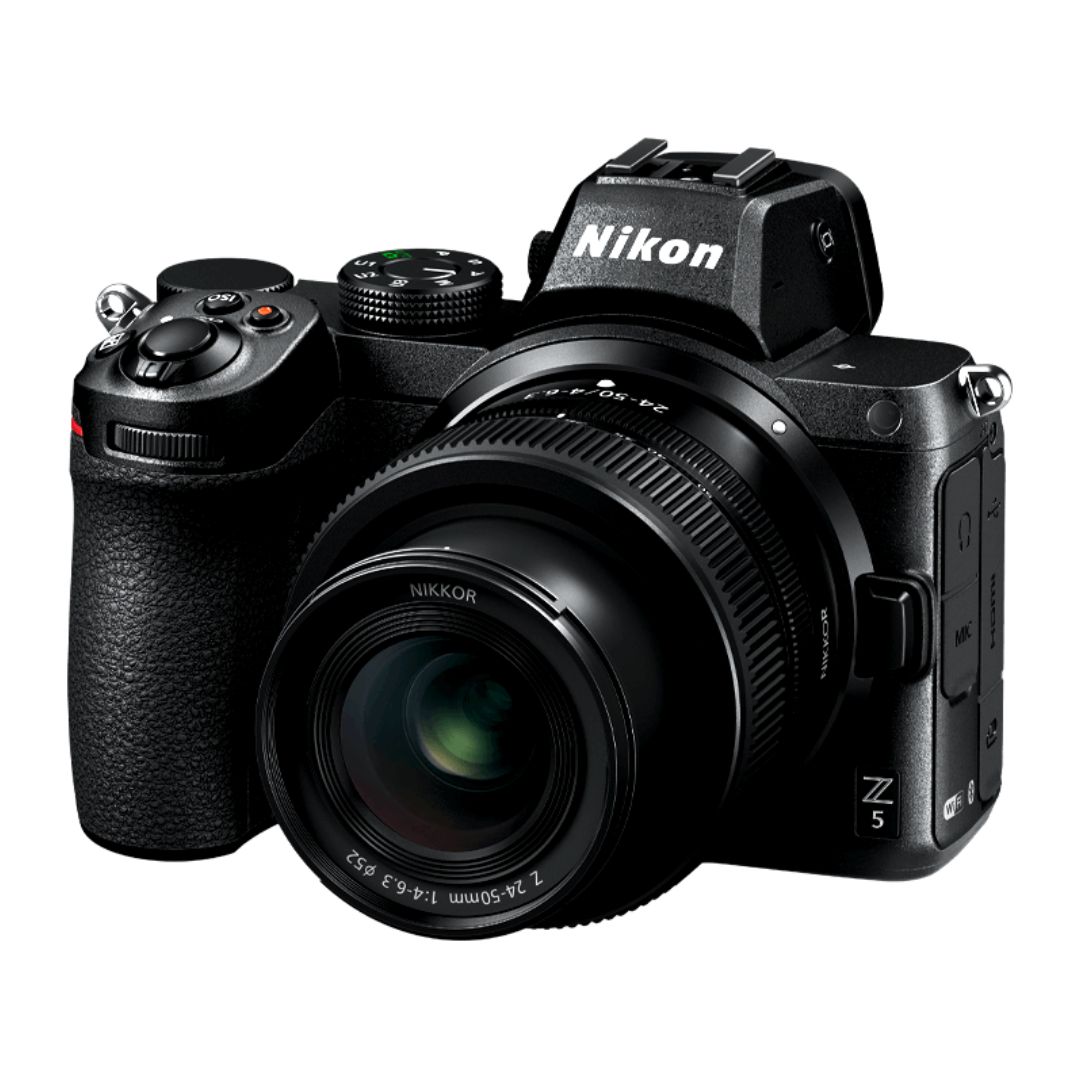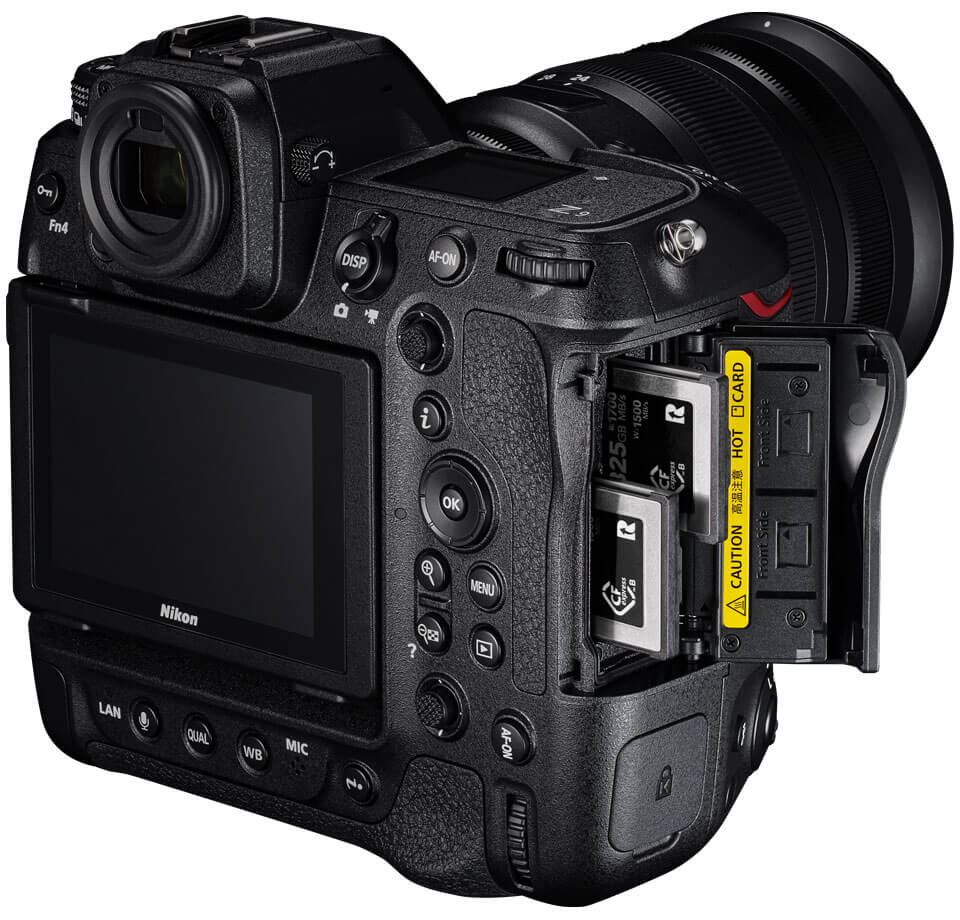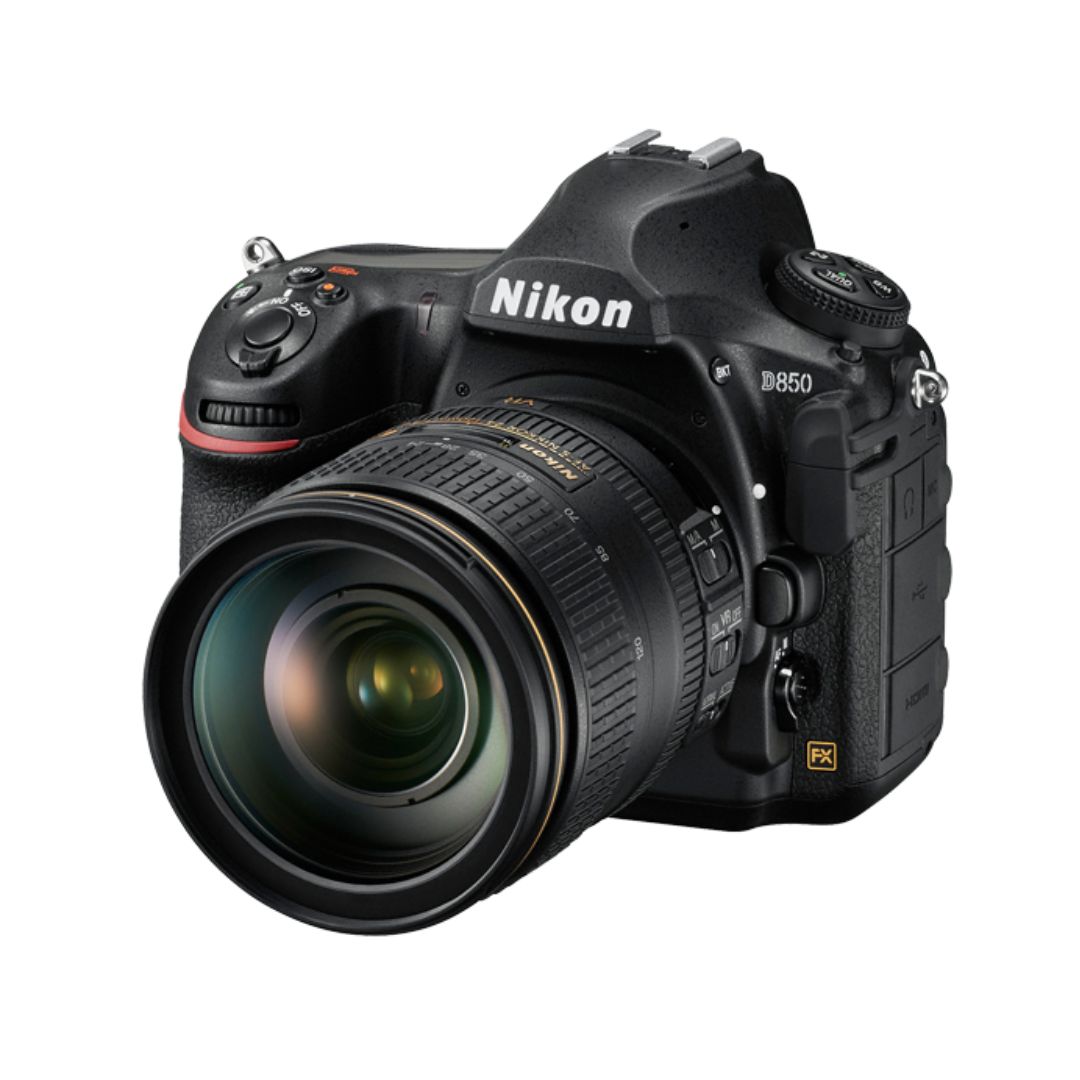Quality product photography plays a critical role in driving ecommerce sales. Customers rely on visuals to assess product quality, making high-quality images essential for increasing conversions. A compelling product photo not only grabs attention but also builds trust and enhances brand identity.
This guide explores proven techniques to refine ecommerce product photography. From lighting and composition to editing and optimization, each step contributes to higher conversion rates. Let’s dive into the essential elements of impactful product photography.
1. Why Ecommerce Product Photography Matters
A well-captured image can determine whether a visitor makes a purchase. High-quality photos enhance perceived value, reduce return rates, and improve customer confidence.
Key Benefits
- Builds Trust: Professional images convey authenticity and reliability.
- Boosts Engagement: Visually appealing photos keep shoppers interested.
- Enhances SEO: Optimized images improve search rankings and visibility.
- Increases Conversions: A clear, detailed presentation helps customers make confident decisions.
Investing in professional product photography pays off by improving sales and customer satisfaction.
2. Essential Equipment for Product Photography
Using the right equipment ensures crisp, high-resolution images that showcase products effectively.
Must-Have Tools
- Camera: A DSLR or mirrorless camera captures sharp images. Smartphone cameras with advanced features can also produce professional results.
- Tripod: Ensures stability and prevents blur, keeping images consistent.
- Lighting Setup: Softbox lights or LED panels create balanced illumination.
- Backdrops: White or neutral backgrounds maintain a clean, distraction-free look.
- Reflectors & Diffusers: These control shadows and soften harsh lighting.
A well-equipped setup enhances the quality and consistency of your product images.
3. Perfecting Lighting for Product Photography
Lighting affects how a product appears, making it crucial for ecommerce success. Soft, even lighting highlights product details and prevents harsh shadows.
Best Lighting Techniques
- Natural Light: Works well for lifestyle and soft-focus shots. Position products near a window for a diffused glow.
- Artificial Light: Softbox lights or ring lights provide controlled illumination.
- Eliminate Shadows: Use reflectors or white foam boards to balance lighting.
- Consistent Setup: Maintain the same lighting conditions for uniformity across product images.
Well-balanced lighting ensures a professional, polished presentation of your products.
4. Composition Techniques for Impactful Images
Strategic composition makes product photos more appealing and guides customer attention effectively.
Composition Rules to Follow
- Rule of Thirds: Position key elements along grid lines for a balanced look.
- Negative Space: Leaving empty areas around the product emphasizes focus.
- Angle Variation: Capture multiple perspectives to highlight product details.
- Close-Up Shots: Showcase textures, materials, and intricate design features.
A well-composed image enhances clarity and makes products look more desirable.
5. Editing for a Professional Look
Post-processing refines images, ensuring they meet professional standards before publication.
Editing Best Practices
- Adjust Brightness & Contrast: Enhances visibility and sharpness.
- Remove Imperfections: Eliminate dust spots, reflections, and unwanted elements.
- Consistent Color Correction: Ensures accurate product representation.
- Optimize for Web: Resize and compress images for faster loading speeds.
Top Editing Tools: Adobe Lightroom, Photoshop, Canva, and Snapseed.
Polished images create a strong impression and encourage customer trust.
6. Optimizing Images for Ecommerce SEO
Search engines prioritize well-optimized images, making SEO a key factor in product photography.
SEO-Friendly Image Tips
- Use Descriptive File Names: Include relevant keywords in image titles.
- Add Alt Text: Helps search engines understand image content while improving accessibility.
- Compress Images: Reduces load time without compromising quality.
- Choose the Right Format: JPEG works best for photos, while PNG is ideal for transparent backgrounds.
Optimized images contribute to higher rankings and improved website performance.
7. Common Product Photography Mistakes to Avoid
Even small errors can impact conversions. Identifying and correcting these mistakes improves photo quality.
Frequent Errors & Solutions
- Blurry Images: Use a tripod and proper focus settings.
- Overexposure or Underexposure: Adjust lighting and camera settings accordingly.
- Inconsistent Backgrounds: Stick to a uniform background for brand cohesion.
- Too Few Angles: Capture multiple perspectives to showcase product features fully.
Avoiding these mistakes ensures professional, high-converting product images.
8. Testing & Analyzing Product Images
Monitoring how images perform helps refine strategies for better conversions.
How to Evaluate Image Performance
- A/B Testing: Compare different photo styles to see what resonates with customers.
- Customer Feedback: Gather insights on whether images provide clarity.
- Analytics Review: Track engagement metrics on product pages.
- Conversion Tracking: Measure sales impact linked to specific images.
Data-driven improvements help optimize images for maximum effectiveness.
9. Using Product Photography to Boost Brand Identity
Beyond selling products, strong visuals reinforce brand consistency and recognition.
Branding Tips for Product Photography
- Maintain a Signature Style: Use consistent colors, lighting, and angles.
- Include Lifestyle Shots: Show products in real-life scenarios.
- Use Branded Elements: Incorporate logos or packaging subtly.
- Enhance Visual Storytelling: Create cohesive themes across product collections.
Strong brand visuals foster trust and create a memorable shopping experience.
Conclusion
Mastering ecommerce product photography involves strategic planning, attention to detail, and optimization. High-quality images not only enhance brand credibility but also significantly impact conversions. By applying the right techniques in lighting, composition, and editing, you can create compelling visuals that drive sales. Experiment, refine, and watch your ecommerce success grow.

Sony Alpha a7 IV: The Ultimate Camera for Photography

Nikon Z5 Review: Is It Worth It?
-

Nikon Z9 : Game-Changer for Photography
-

Top Features of Nikon D850 That Make It Ideal for Portfolio Shoots
Sony Alpha a7 IV: The Ultimate Camera for Photography
Explore the Sony Alpha a7 IV in this complete 2025 review. Learn how its pro-level features, real-world performance, and hybrid flexibility make it the ultimate camera for photography across genres like portraits, weddings, travel, and commercial work. Table of Contents Section 1: Introduction – Why the Sony Alpha a7 IV Stands Out The Sony Alpha…
Nikon Z5 Review: Is It Worth It?
In 2025, photographers—whether hobbyists, content creators, or professionals—seek equipment that blends value, performance, and future-readiness. Enter the Nikon Z5, a full-frame mirrorless camera marketed as a gateway to high-end imaging without a flagship price tag. But how well does it hold up under real-world demands like studio shoots, weddings, landscape adventures, and lifestyle photography? In…
Nikon Z9 : Game-Changer for Photography
Discover why the Nikon Z9 is considered a true game-changer for photography. This in-depth Nikon Z9 review explores key features, real-world performance, and how it excels in professional photo shoots in 2025. Table of Contents 1. Introduction The photography world witnessed a significant shift with the launch of the Nikon Z9, a flagship mirrorless camera…
Top Features of Nikon D850 That Make It Ideal for Portfolio Shoots
Discover why the Nikon D850 is the ultimate DSLR for portfolio shoots. Explore its top features—from resolution and dynamic range to autofocus precision and workflow speed—that help photographers create stunning, high-impact images for professional portfolios. Whether you’re a portrait artist, fashion photographer, or visual storyteller, a portfolio shoot demands technical excellence, creative flexibility, and uncompromised…
Candid Moments with Canon EOS R10: Lightweight & Reliable
In the evolving world of mirrorless photography, the Canon EOS R10 stands out as a lightweight yet powerful camera tailored for real-life storytelling. Whether you’re photographing street scenes, family gatherings, weddings, or spontaneous portraits, capturing genuine emotion requires a responsive and discreet tool. This article dives deep into how the Canon EOS R10 excels in…
Bold Portraits with Canon EOS R5: Is It the Best for Work?
Studio photography has always demanded precision, artistry, and impeccable gear. As the expectations for commercial portraits, fashion campaigns, and editorial work continue to rise, the tools we use must evolve. Enter the Canon EOS R5, a camera that has stirred the professional waters with its impressive technical specs and forward-thinking design. In this comprehensive Canon…


